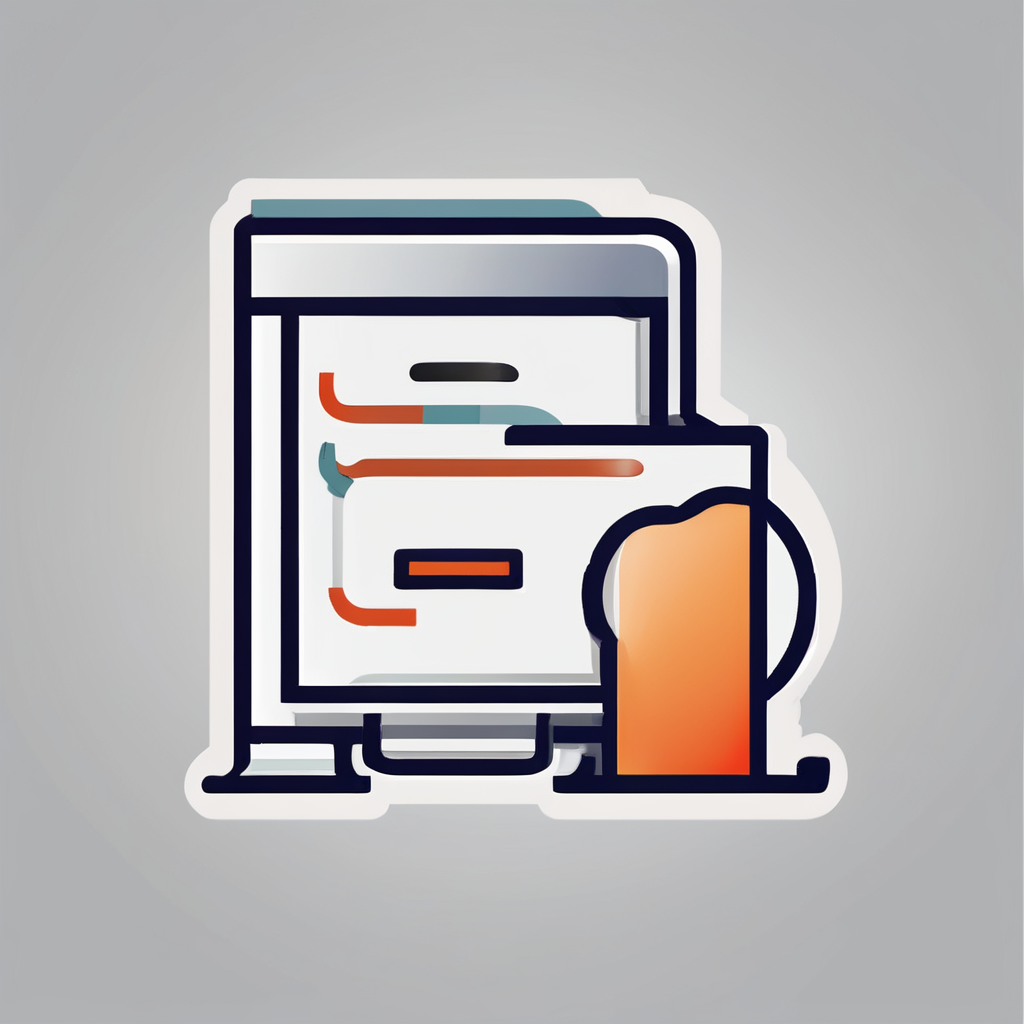Unlocking Global Expansion: Essential Scalability Strategies for UK SaaS Providers
Understanding the Global SaaS Market
The Software as a Service (SaaS) industry has experienced unprecedented growth in recent years, and UK-based SaaS providers are no exception. As these companies look to expand their reach beyond local borders, understanding the global market becomes crucial. Here are some key points to consider:
Market Research and Analysis
Before diving into global expansion, it’s vital to conduct thorough market research. This involves identifying new markets that align with your product’s value proposition and assessing the competitive landscape.
Also to read : Unlocking the future of predictive maintenance in the uk energy sector: leveraging machine learning innovations
| Aspect | Importance |
|
|-----------------------------------------------------------------------------|
| Target Market | Identify regions with high demand and minimal competition |
| Customer Needs | Understand local customer needs and preferences |
| Regulatory Environment | Familiarize yourself with local regulations and compliance requirements |
| Competitive Analysis | Analyze competitors in the new market to differentiate your product |
For instance, when Vecos, a provider of smart locker solutions, expanded globally, they focused on regions with a strong need for flexible workspace solutions, such as Europe, APAC, and the United States. This strategic approach helped them capitalize on the trend towards hybrid work models[1].
Choosing the Right Business Model
The business model you adopt can significantly impact your ability to scale globally. Here are a few models that SaaS companies often consider:
Also read : Unleashing the power of social media analytics: transforming political campaign approaches in the uk
Subscription-Based Model
This is the most common model in the SaaS industry, where customers pay a recurring fee to use the software.
Freemium Model
Offering a basic version of your software for free while charging for premium features can help attract a large user base.
Pay-Per-Use Model
Charging customers based on their usage can be appealing in markets where customers are cautious about committing to a subscription.
| Business Model | Advantages | Disadvantages |
|
|-----------------------------------------------------------------------------|
|
| Subscription-Based | Predictable revenue stream, encourages long-term customer relationships | High churn rates if not managed properly |
| Freemium | Attracts a large user base, potential for upselling | Difficult to convert free users to paid subscribers |
| Pay-Per-Use | Aligns costs with usage, attractive to cost-conscious customers | Complex billing and metering, potential for high variability in revenue |
Localization and Cultural Adaptation
SaaS localization is more than just translating your software; it involves adapting your product, marketing, and customer support to fit local cultures and preferences.
Language and Currency Support
Ensure your software supports the local language and currency to enhance the user experience.
Local Payment Methods
Offer payment methods that are popular in the target market. For example, in some regions, credit cards may not be as widely used as other payment methods like bank transfers or local payment gateways.
Compliance with Local Regulations
Comply with local data protection laws, such as GDPR in Europe or CCPA in California, to avoid legal issues.
- **Language Support**: Translate your software and marketing materials into the local language.
- **Currency Support**: Allow transactions in the local currency.
- **Payment Methods**: Integrate local payment methods (e.g., PayPal in the US, Alipay in China).
- **Compliance**: Ensure your software complies with local regulations (e.g., GDPR, CCPA).
- **Customer Support**: Provide customer support in the local language and time zone.
For example, when expanding to the US market, it is crucial to understand the differences in regional regulations, logistics, and business cultures. This can involve adapting your marketing messages to align with American consumer preferences, as highlighted in the case of companies like Nutella[3].
Pricing Strategies
Pricing is a critical aspect of any SaaS business, especially when expanding globally. Here are some strategies to consider:
Tiered Pricing
Offer different pricing tiers to cater to various customer segments, from small businesses to enterprises.
Dynamic Pricing
Adjust your pricing based on market conditions, competition, and customer feedback.
Local Pricing Adjustments
Adjust your pricing to reflect local market conditions, such as cost of living and purchasing power.
| Pricing Strategy | Advantages | Disadvantages |
|
|-----------------------------------------------------------------------------|
|
| Tiered Pricing | Appeals to a wide range of customers, easy to understand | Can be complex to manage multiple tiers |
| Dynamic Pricing | Reflects market conditions, maximizes revenue | Can be perceived as unpredictable or unfair |
| Local Adjustments | Aligns with local market conditions | Requires continuous market research and adjustments |
Marketing and Customer Acquisition
Effective marketing and customer acquisition strategies are essential for global expansion.
Local Marketing
Adapt your marketing strategies to fit local cultures and preferences. This could include partnering with local influencers, using local advertising channels, and creating content that resonates with the local audience.
Content Marketing
Create content that addresses the specific needs and pain points of your target market. This can include blog posts, whitepapers, webinars, and case studies.
Customer Referrals
Encourage satisfied customers to refer your product to their networks. This can be particularly effective in new markets where word-of-mouth recommendations carry significant weight.
- **Local Marketing**: Partner with local influencers, use local advertising channels.
- **Content Marketing**: Create content that addresses local needs and pain points.
- **Customer Referrals**: Incentivize satisfied customers to refer your product.
- **SEO and SEM**: Optimize your website for local search engines and use targeted SEM campaigns.
For instance, Ardian’s partnership with Vecos involved a strategic focus on accelerating international growth, particularly in Europe and the US, by leveraging Vecos’s existing customer relationships and expanding their market reach through targeted marketing efforts[1].
Customer Support and User Experience
Providing excellent customer support and ensuring a seamless user experience are critical for retaining customers in new markets.
Multilingual Support
Offer customer support in the local language to enhance the user experience and build trust.
Local Data Centers
Host your data in local data centers to improve performance and comply with local data protection laws.
User Feedback
Collect and act on user feedback to continuously improve your product and meet local customer needs.
- **Multilingual Support**: Provide customer support in the local language.
- **Local Data Centers**: Host data in local data centers for better performance and compliance.
- **User Feedback**: Collect and act on user feedback to improve the product.
- **Training and Onboarding**: Offer comprehensive training and onboarding programs tailored to local users.
Financial and Administrative Considerations
Expanding globally involves several financial and administrative considerations.
Financial Planning
Plan your finances carefully, considering the costs of expansion, local taxes, and regulatory compliance.
Legal Structure
Choose the right legal structure for your business in the new market, such as a Corporation or LLC, each with its own advantages and disadvantages.
Banking and Payment Solutions
Set up local banking solutions and integrate payment methods that are popular in the target market.
| Financial Aspect | Considerations |
|
|-----------------------------------------------------------------------------|
| Financial Planning | Budget for expansion costs, local taxes, and compliance |
| Legal Structure | Choose between Corporation, LLC, or other local structures |
| Banking Solutions | Set up local bank accounts and integrate local payment methods |
| Tax Compliance | Ensure compliance with local tax laws and regulations |
For example, when opening a subsidiary in the US, it is essential to choose the right legal structure, such as a Corporation or LLC, and to set up a local bank account to facilitate financial transactions[3].
Global expansion for UK SaaS providers is a complex but rewarding endeavor. By conducting thorough market research, choosing the right business model, adapting to local cultures, and focusing on customer support and user experience, SaaS companies can successfully scale their operations globally.
As Bram Kuipers, CEO of Vecos, noted, “The choice of Ardian as a partner was a strategic decision based on shared values and vision. Their expertise in developing businesses and commitment to sustainable growth will enable us to enhance our offerings and extend our reach into key markets”[1].
In the words of Florian Haas, Director Expansion at Ardian, “This acquisition represents a significant opportunity for Ardian and Vecos. Our partnership with the Vecos management team will focus on accelerating international growth, particularly in Europe and the US, and leveraging AI and digital capabilities to further enhance operational efficiency”[1].
By following these strategies and staying adaptable, UK SaaS providers can unlock new markets, drive growth, and establish a strong global presence.






